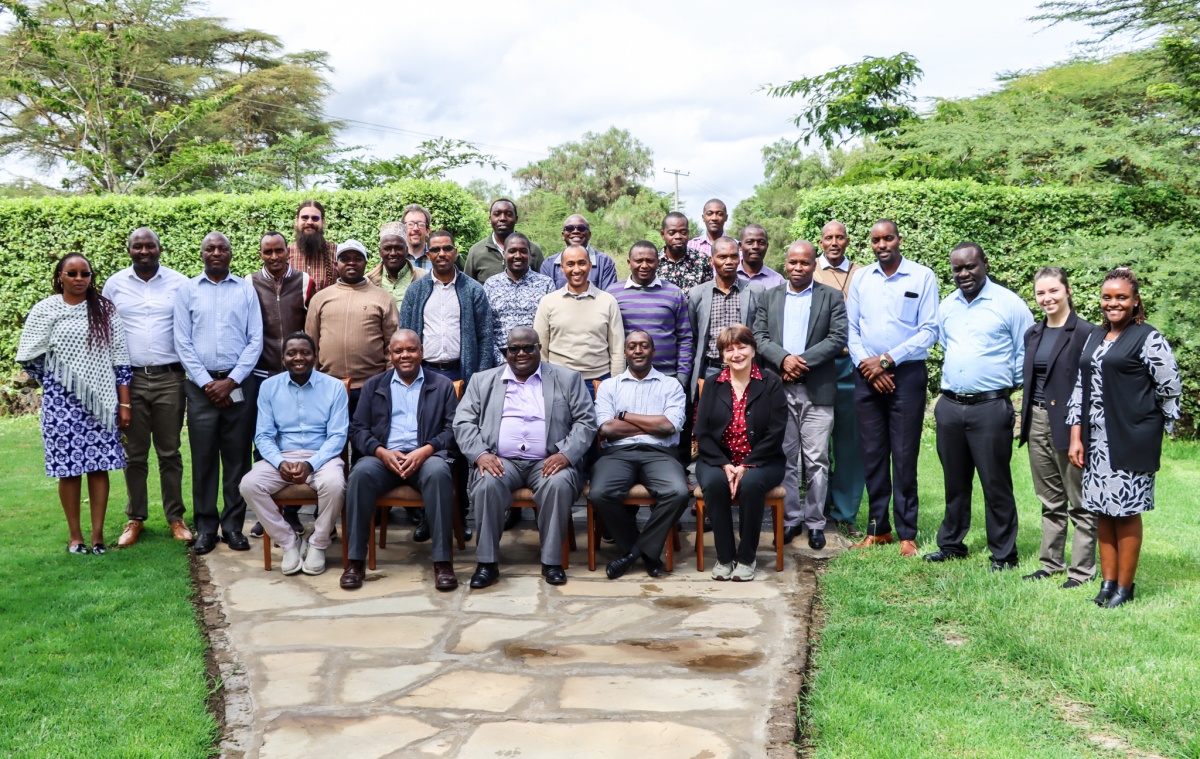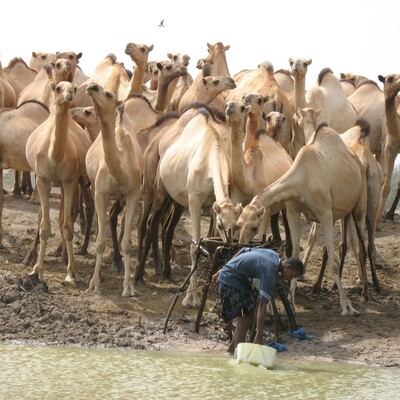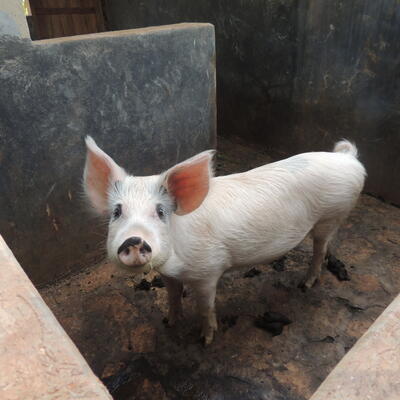
Co-infection project updates partners on progress
The three-year International Livestock Research Institute (ILRI)-led ‘Co-infection with Rift Valley fever virus, Brucella spp. and Coxiella burnetii in humans and animals in Kenya: Disease burden and ecological factors’ project recently reviewed its activities at a two-day partners and stakeholders meeting held last month.
The 21-22 April 2022 meeting brought together representatives of the Wildlife Research Training Institute, Kenya Wildlife Service, Kenya Medical Research Institute, Zoonotic Disease Unit, the Los Alamos National Laboratory in the United States and officials from the Isiolo County government. These key partners of the project reviewed the project’s activities since its inception and agreed on its future activities.
The meeting was opened by Patrick Omondi, the director of the Wildlife Research Training Institute. Stressing the importance of disease surveillance in wildlife given recent infectious diseases that may have originated from wildlife, he said: ‘Wildlife disease surveillance will enable early detection of disease outbreaks to protect humans from future pandemics.’ He called for translation of the research findings of the co-infection project to guide policy and design strategies to develop mitigation measures for the three focus diseases.
Bernard Bett, senior scientist at ILRI and the principal investigator of the project said the project is developing risk maps for Rift Valley fever virus, Brucella spp. and Coxiella burnetii which causes Q fever. ‘We want to know the burden of these pathogens and their co-infections in humans, livestock and wildlife in Kenya and we are using genotyping to better understand their transmission patterns in the country,’ he said. ‘We will also work with our partners to ensure biosafety and biosecurity practices are enhanced among frontline workers in animal and human health and wildlife management.’
The partners reviewed the progress of the various activities of the project including
- analyses of stored samples,
- national serosurvey in livestock which will lead to developing risk maps,
- bio-surveillance studies in livestock, wildlife and humans, which include cross sectional and longitudinal studies,
- sequencing and bioinformatics, which entails personnel training, Rift Valley fever virus sequencing and Brucella, Coxiella and microbiome analyses, and
- bio-risk management training activities in Isiolo and Marsabit.
Fruitful discussions followed and the partners urged the project team to translate the research findings into policy documents. The meeting also highlighted the importance of communicating the results of the project and strengthening the capacity of the communities to ensure they understand how to detect, prevent and protect themselves from the three zoonotic diseases. The partners also said the project should explore various channels such as local radios and community forums of passing on this critical information to the public.
A review of the project’s stakeholder’s engagement activities, including with policymakers, to ensure uptake of research findings into the decision-making processes, was presented by Bett. He highlighted the development of risk maps, which will be essential to inform programs of disease prevention and control, and economic impact assessment reports and disease surveillance that will enable counties to detect disease outbreaks quickly before they spread.
The project will develop knowledge products to support policy changes including pathogen biodiversity and microbiome analyses, and severity of disease assessments, and One Health case studies. The project will also build the capacities of counties through training in bio risk management, bioinformatics and data analysis, and community outreach with county One Health platforms.
 The Co-infection project partners at the review meeting (photo credit: ILRI/Geoffrey Njenga).
The Co-infection project partners at the review meeting (photo credit: ILRI/Geoffrey Njenga).


















